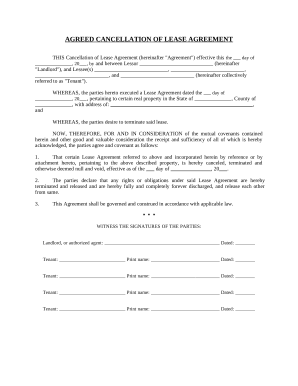
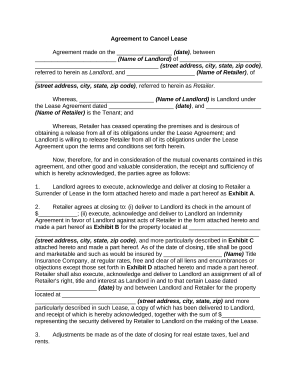

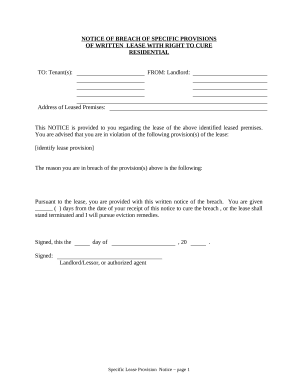

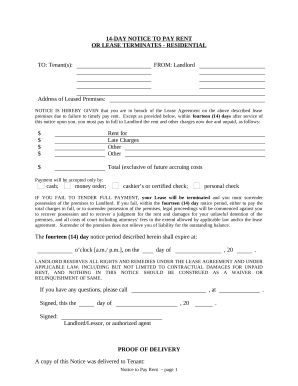
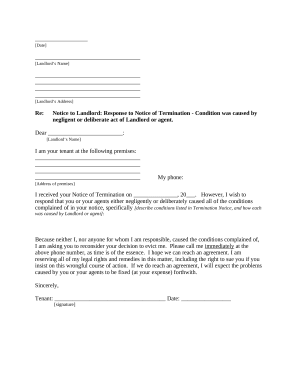

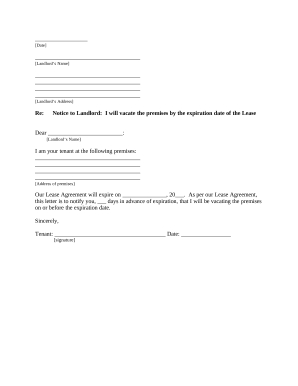
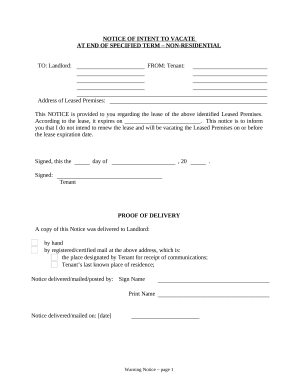
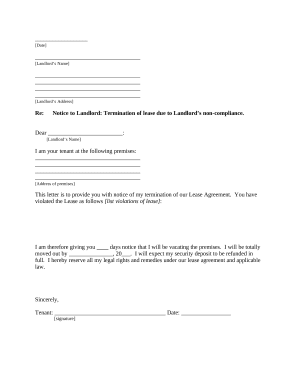
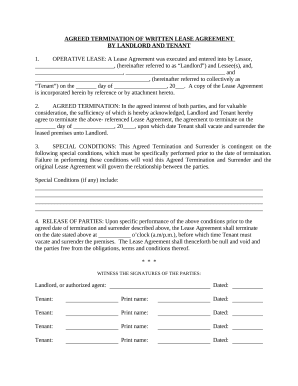
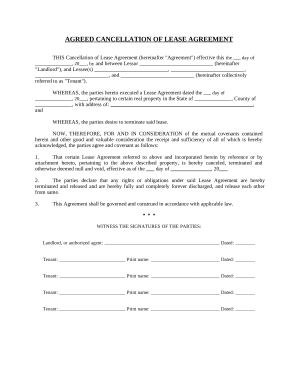
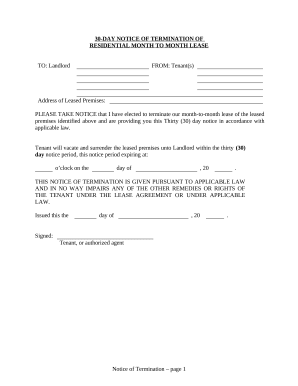
Your workflows always benefit when you can easily discover all of the forms and files you will need on hand. DocHub offers a a huge library of documents to relieve your day-to-day pains. Get a hold of Rental Lease Termination category and quickly find your document.
Begin working with Rental Lease Termination in several clicks:
Enjoy effortless file management with DocHub. Explore our Rental Lease Termination online library and find your form today!